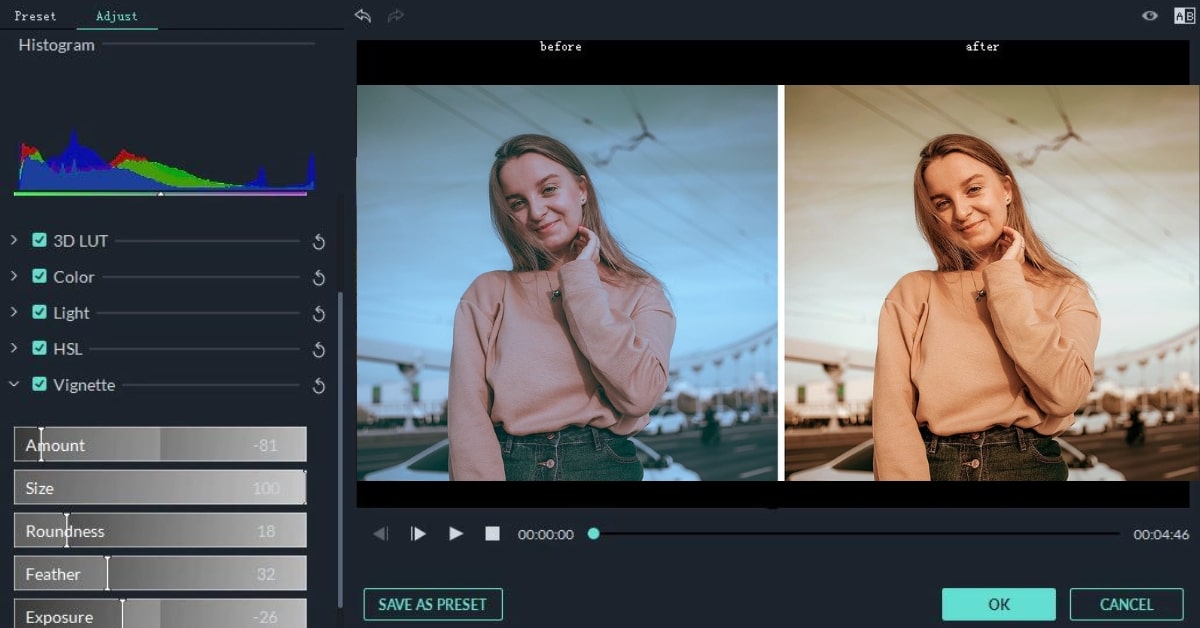Color correction is a powerful video and photo editing process that can breathe life into visual content, turning ordinary images and videos into captivating works of art. Central to this transformative journey are the color correction settings, the heart and soul of fine-tuning hues, tones, and contrasts. In this comprehensive guide, we’ll delve into the intricacies of color correction settings, offering insights that will empower creators to unleash the full potential of their visual narratives.
Significance of Color Correction Settings
1. Precision in Adjustments:
Color correction settings provide the necessary precision for adjusting colors at a granular level. This precision is vital for achieving accurate and visually pleasing results.
2. Customization for Creative Expression:
The diverse range of settings allows creators to customize their color correction process, enabling creative expression and the development of a unique visual style.
Exploring Essential Color Correction Settings
1. White Balance Adjustments:
The white balance setting is foundational. It allows creators to adjust the color temperature, ensuring whites appear neutral and correcting any undesirable color casts.
2. Exposure and Contrast Controls:
Settings for exposure and contrast are essential for achieving a balanced tonal range. These settings prevent loss of detail in highlights and shadows, contributing to overall image clarity.
3. HSL (Hue, Saturation, Luminance) Panel:
The HSL panel provides individual controls for adjusting the hue, saturation, and luminance of specific colors. This setting is invaluable for targeted color corrections.
4. Curves and Levels Adjustment:
Curves and levels settings offer advanced control over tonal and color balance. They allow creators to fine-tune the highlights, midtones, and shadows with precision.
Tools within Color Correction Settings
- Color Grading Wheels:
Some advanced editing software includes color grading wheels, providing a visual and intuitive way to adjust color tones for shadows, mid tones, and highlights. - Presets and Profiles:
Utilize presets and profiles to apply pre-configured settings for quick and consistent color corrections. These settings are particularly helpful when working on a series of images or videos. - Before-and-After View:
The before-and-after view allows creators to assess the impact of their color correction settings and ensure a cohesive and desired visual result.
Conclusion
Mastering color correction settings is a key step in the journey of visual storytelling. By understanding the significance of each setting and exploring the tools available, creators can unlock a world of creative possibilities. Whether adjusting white balance for accuracy or fine-tuning curves for a specific mood, the power of color correction settings lies in their ability to transform images and videos into compelling narratives that captivate audiences.
FAQs
Can I use color correction settings on my smartphone?
Yes, many mobile editing apps offer a range of color correction settings, allowing you to enhance and fine-tune your photos directly from your smartphone.
How do color correction settings impact video editing?
Color correction settings in video editing software, such as DaVinci Resolve or Adobe Premiere Pro, play a crucial role in achieving consistency and enhancing the visual appeal of videos.
Are there universal color correction settings for all images?
While there are general principles, color correction settings often need to be adjusted on a case-by-case basis. Factors like lighting conditions and the desired mood influence these settings.
Can I save my own color correction settings as presets?
Yes, many editing software applications allow users to create and save their own presets, providing a quick and consistent starting point for future edits.
This page was last edited on 25 February 2024, at 2:31 pm
